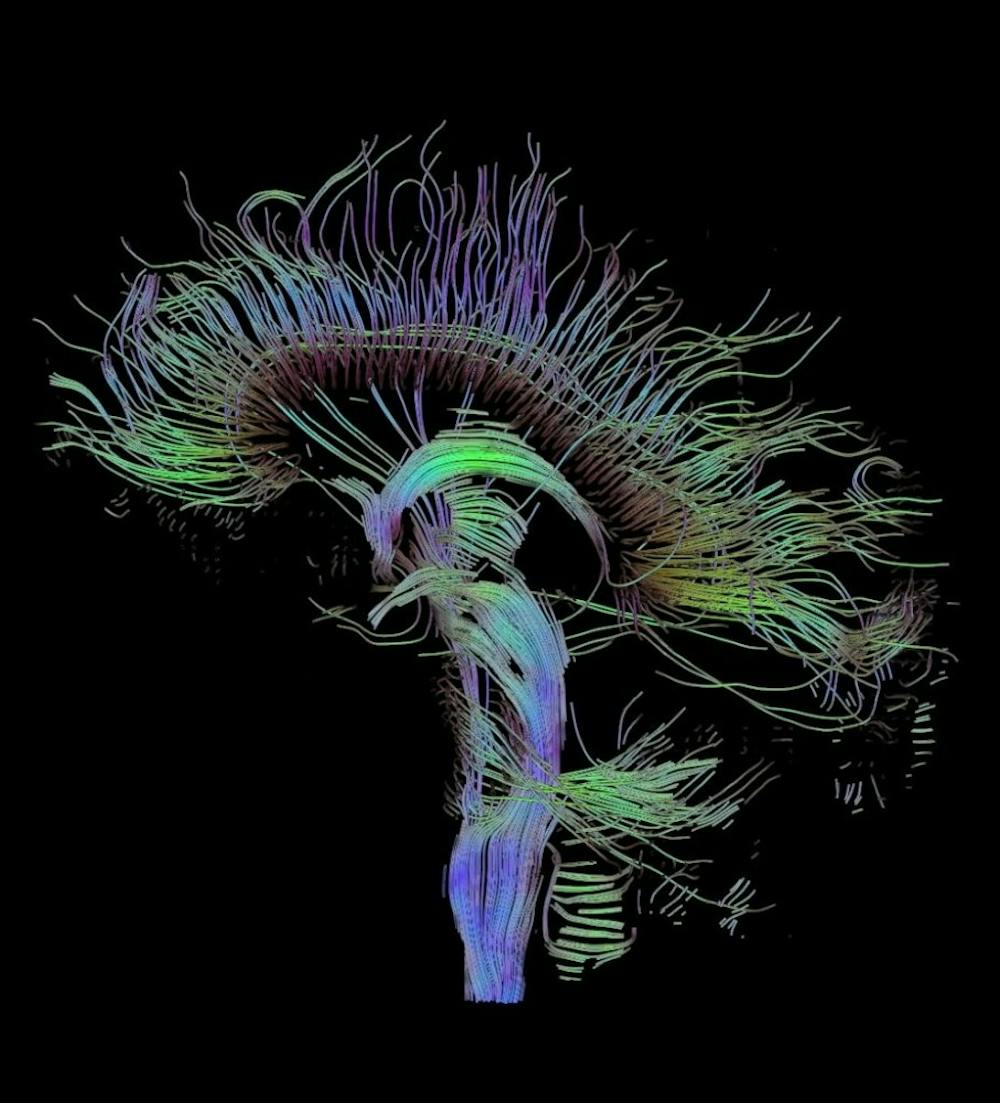It has recently been found that lysergic acid diethylamide (LSD) can have an influence on the brain’s connectivity between regions. LSD is a banned psychedelic drug that is derived from a poisonous ergot fungus. The drug can cause severe mood changes and altered states of awareness.
Researcher David Nutt of Imperial College London has focused his research on understanding how this drug can cause hallucinations and alter the state of consciousness. Nutt said that he hopes to use this understanding of LSD to recommend that the drug to be used therapeutically. In the past, thousands of people used LSD to treat alcoholism, but the drug has never been used as a therapy for depression.
In 1967, the LSD was banned in the U.K., the U.S. and other countries around the world. Nutt attributes this restriction to hysteria over potential dangers and side effects.
In order to get permission to do research on this heavily restricted drug, Nutt turned to the West London and GTAC Research Ethics Committee. Eventually, he acquired the necessary funding for his research from the Edmond J. Safra Foundation and the Beckley Foundation.
In his experimentation period, Nutt examined the effects of LSD of a group of participants who were already experienced with the drug.
The participants had their brains scanned using functional magnetic resonance imaging (fMRI) and also had their brain’s electrical activity measured using magnetoencephalography (MEG) technology. The results showed that the participant’s brains had increased connections between regions when under the influence of the drug. This connection was particularly apparent between the visual cortex and other regions, providing a clear explanation of why LSD may cause vivid hallucinations, as the hallucinations may come from these increased connections.
Yet, while LSD seemed to increase connections between some brain regions, within other brain networks, the researchers saw a reduction in blood flow. Nutt said that in these regions, neurons that fire synchronously became out of touch with one another, helping to explain the feeling of a disintegration of the self reported by many of the participants in the study.
Another member of Nutt’s team, Ph.D student Mendel Kaelen, also studied how music affects the way LSD affects the brain. After analyzing the fMRI recordings, Kaelen concluded that connections between parahippocampal regions and the visual cortex are enhanced when music is paired with the consumption of LSD.
This could be important in the use of LSD therapeutically, as music can enhance the experience of taking the drug.
According to Nutt, his lab is one of the only labs in the world looking at the effects of LSD on the human brain.
Nutt plans to continue his research to further discover the role LSD plays in changing the state of the brain.
“We have plans to do separate experiments to look at how LSD can influence creativity, and how the LSD state mimics the dream state,” Nutt said in an interview with Nature. “Our latest brain imaging study suggests that LSD has similar effects — suggesting that it could be trialled therapeutically too.”





